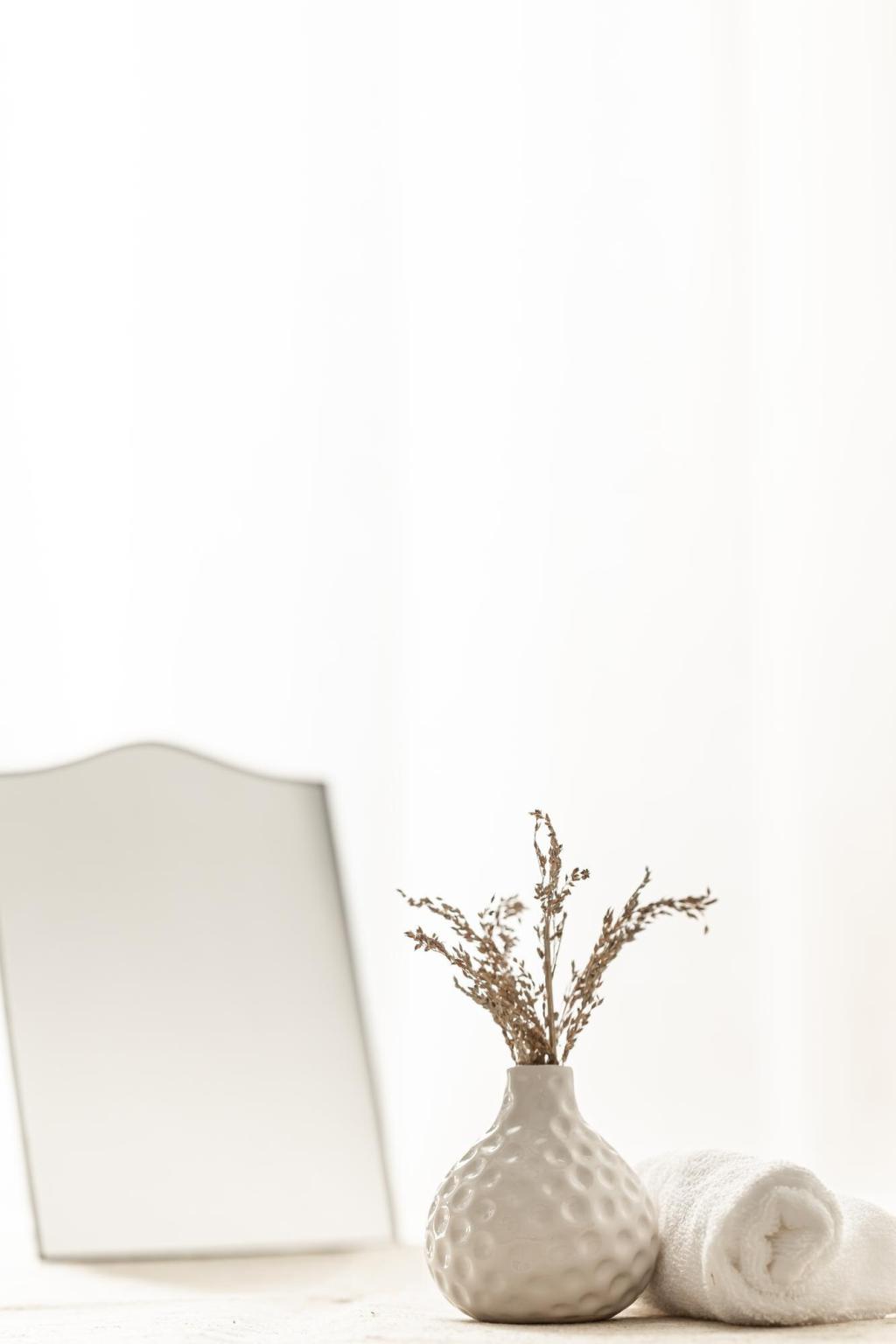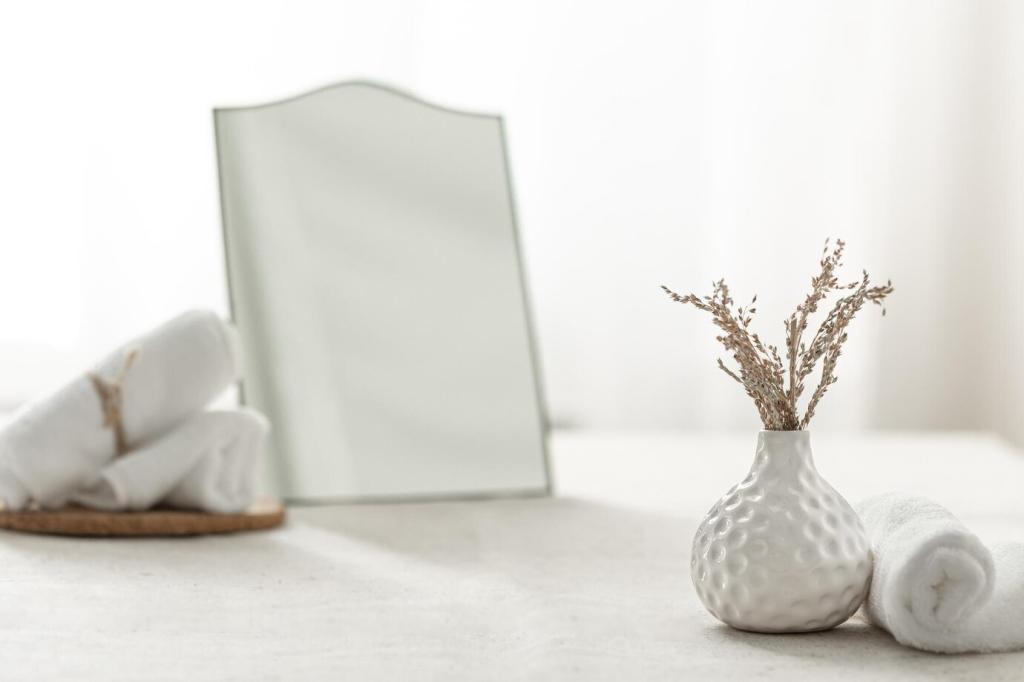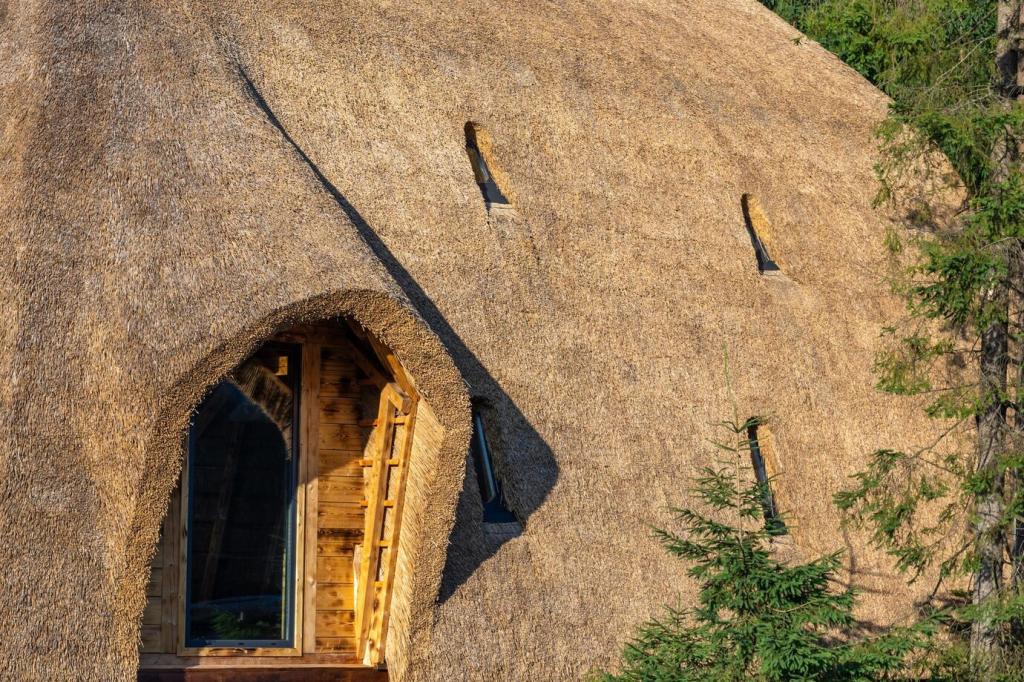Natural Materials in Minimalist Eco-Homes
Step inside a calmer, lighter way of living where fewer objects and honest textures do the heavy lifting. Today’s theme spotlights Natural Materials in Minimalist Eco-Homes—how wood, stone, clay, and plant fibers shape spaces that breathe, last, and soothe. Join the conversation, ask questions, and subscribe for weekly field notes from real homes putting nature and restraint first.
Tactility that calms
A pale ash floor under bare feet, a limewashed wall that diffuses morning light, a wool throw that breathes—material tactility anchors minimalist rooms in the body, not just the eye. Share how texture changes your mood.
Less stuff, fewer toxins
Choosing fewer, better pieces means fewer adhesives, coatings, and composites. Solid timber, clay plasters, and plant-based oils cut volatile compounds, easing indoor air while clarifying the visual field. Comment if you’ve noticed the difference.
Material Palette: Wood, Stone, Clay, and Plant Fibers
Opt for regionally familiar species—oak, ash, spruce—sourced from managed forests or reclaimed stock. Use mechanical fasteners and natural oil finishes to preserve repairability and a soft, touchable sheen that ages with grace.
Material Palette: Wood, Stone, Clay, and Plant Fibers
Dense stone floors or window seats act as thermal mass, buffering daily temperature swings and grounding minimalist volumes. Choose honed, not polished, surfaces for subtle light and barefoot-friendly grip in daily use.
Sourcing Ethically and Locally
A barn beam re-milled into a dining top carries plane marks and sun-gray edges that spark conversations. Reuse slashes embodied carbon and gives minimalist rooms character without clutter. Share your best salvage find.


Sourcing Ethically and Locally
Look for clear labeling—responsible forestry marks, product declarations, and low-emission adhesives. Treat certifications as conversation starters with suppliers, not the finish line, and ask for traceable chains of custody.
Designing for Light, Silence, and Air
01
Daylight that loves wood
Pair pale timber floors with deep window reveals to soften glare. A simple exterior overhang reduces summer heat while leaving winter sun to warm stone benches and clay walls naturally, hour after hour.
02
Acoustic warmth without bulk
Cork underlayment, wool felt panels, and books on open oak shelves hush hard echoes. With fewer objects, sound matters more. Natural absorbers preserve clean lines while inviting conversation in living spaces.
03
Healthy air by design
Choose formaldehyde‑free plywood, plant-based oils, and mineral plasters, then pair them with balanced ventilation. Materials that regulate humidity support lungs and finishes, reducing maintenance and boosting comfort through seasons.
Minimalist Details that Celebrate Nature
Exposed dovetails, wedged tenons, and simple brass screws reduce reliance on hidden hardware. The result is repairable furniture that ages honestly, turning small edges and corners into tactile moments you notice daily.

Maintenance and Longevity
Patina over perfection
Walnut counters collect stories as much as marks. A light re-oil restores depth while respecting memory. Minimalist spaces feel less precious when wear reads as life, not damage—an everyday relief.


Design for repair, not replacement
Specify removable baseboards, reversible wool rugs, and modular cabinet fronts. When parts fail, swap pieces rather than whole systems. Comment with your best repair hack to help fellow readers save resources.
Case Study: A 540‑Square‑Foot Passive Cabin
A palette with purpose
Spruce structure, cork flooring, clay plaster walls, and a soapstone bench create warmth, thermal stability, and breathability. Fewer finishes meant fewer decisions, tighter costs, and a more focused, human-scale interior.
Neighbors and weekends
Built across six weekends with friends, the cabin used locally milled timber and hand-mixed plaster. Stories of shared labor now live in the grain and brushstrokes, brightening winter mornings by the stove.
Living with less, feeling more
No upper cabinets, only open oak shelves; one table that serves work and meals; a cork runner that quiets boots. The owners report deeper sleep and easier cleaning. Share your small-cabin essentials below.
